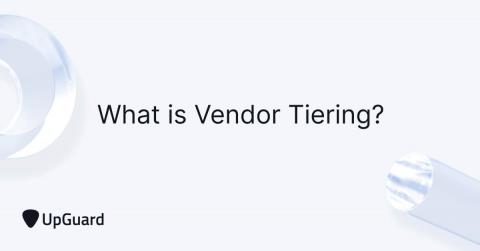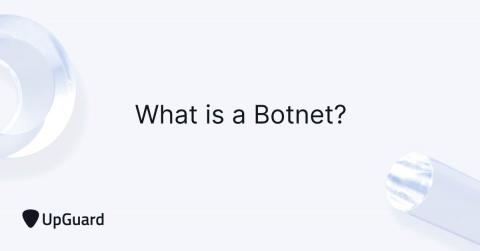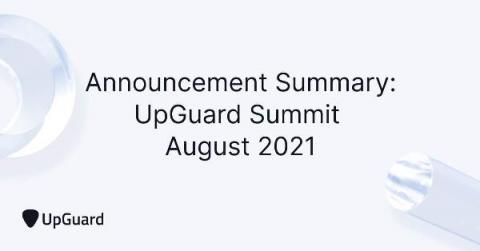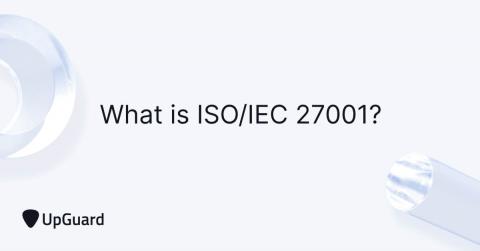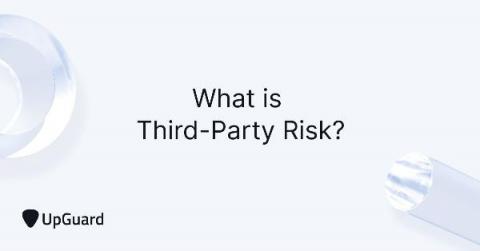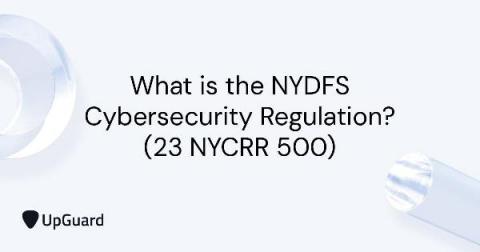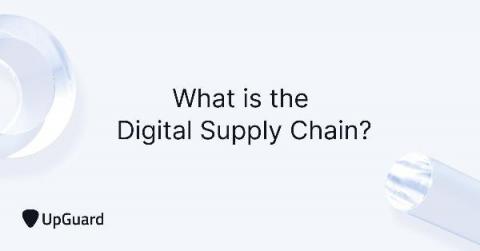What is Vendor Tiering? Boost Your Vendor Risk Management
Vendor tiering is a method of classifying vendors based on the level of security risk they introduce to an organization. The level of security criticality decreases with each subsequent level. The number of tiering levels depends on personal preference. The basic vendor tiering structure consists of three levels - Tier 1, Tier 2, Tier 3, where Tier 1 represents high-risk vendors. Each vendor could be assigned to a tier manually, or the process could be based on a security questionnaire scoring system.


